A Trickle Down Effect That (Unfortunately) Works

In 2022, GoodHire surveyed “a total of 3,000 full-time American workers, an equal number from ten of the most popular job sectors,” to understand the current relationship between workers and their managers. The outcome was quite a surprise: 70% of American workers enjoy working for their manager! In 2018, the IZA Institute of Labor Economics found that only 13% of Europe’s workers have bad bosses.
At first glance, these figures are pleasing. However, if one recalls that an overwhelming majority (82%) of all respondents to the GoodHire survey said they would consider quitting because of a bad manager, the 30 (or in Europe: a dozen) percent of employees who are not (very) satisfied with their leaders might want to switch jobs. Such a shift will probably present the already hard-working HR departments with even greater challenges. According to the Financial Times, “the difference between the average bad boss and a really good boss is approximately one point on a job satisfaction scale that runs from 1 to 4. This is far larger than any effect that has ever been found in the history of job satisfaction research.”
It’s crucial to turn bad bosses into good ones – or to systematically solve the bad boss problem right away by leaving it behind.
No matter what you have in mind, here’s how to proceed.
1. Good Boss or Bad Boss?
There is no clear definition or uniform idea of the boundaries between good, mediocre or bad bosses. Most of the time, bosses, like all people, are blessed with strengths and weaknesses that carry more or less weight. Nevertheless, some serious and recurring misconduct can point to bad leadership.
It is essential that performance evaluations and feedback opportunities exist in organizations so that results can be reviewed and the workforce has a chance to communicate problems without detriment to their own careers.
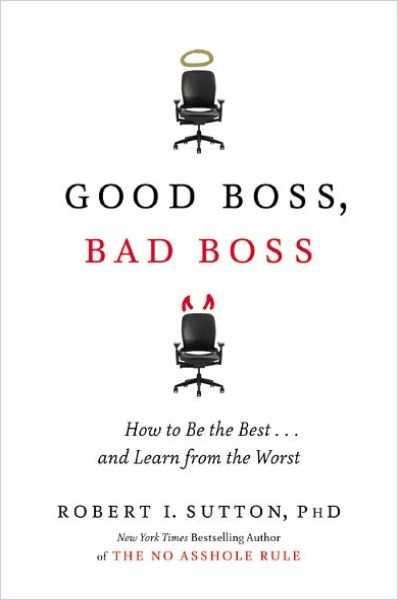
Take-Aways:
- Bad bosses delay difficult situations or avoid them altogether, so things get stuck.
- Bad bosses hesitate to delegate, but are experts in blame-shifting.
- Bad bosses waste their time on micro-management.
- Bad bosses lack soft, social or communication skills and cause high turnover.
- Their employees suffer increased physical and mental illness rates.
- To become a better boss, empower to motivate and encourage employees to point out bad behavior.
Have you figured out that you have bad bosses in your organisation? Good. You don’t exactly have to throw them all out because sometimes they can’t help it – first, you should find out if they can do better or whether the fault is systemic in your case. In the following two getAbstract channels you will find everything you need to know:


2. How to Turn a Bad into a Good Manager
In their instant classic Everyone Deserves a Great Manager, Scott Miller and his co-authors, Todd David and Victoria Roos Olsson – all executives at FranklinCovey – enlighten and educate leaders on the best leadership practices. Miller goes through his mistakes on his way to becoming a seasoned manager and presents them as lessons learned. He and his team present six easy-to-follow strategies that managers can use to gain wisdom, efficiency and greater productivity.
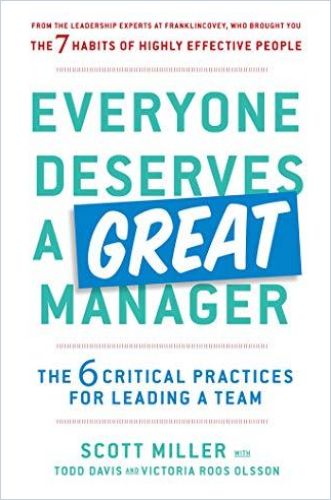
- Strategy One: Develop a leader mentality.
- Strategy Two: Meet with each individual member of your team.
- Strategy Three: Organize your team for productivity.
- Strategy Four: Make sure everyone is receptive to and values feedback.
- Strategy Five: No matter what happens, a manager’s job is to guide each team member through events that affect them.
- Strategy Six: As a leader, you have limited time and energy; use them wisely.
Find out more in the summary or in our related Journal articles:
3. Your Corporate Culture May Be the Problem
Bad bosses don’t fall from the sky. As a rule, they are the product of prestigious education and management schools. An organization once decided to give them leadership functions for specific reasons.
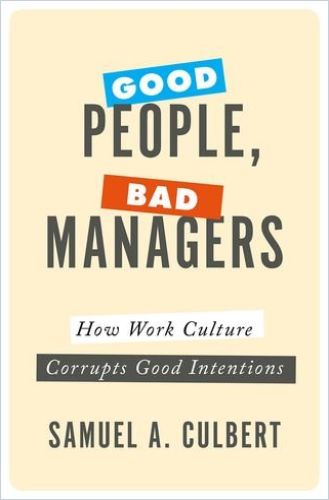
So if you find that the bad manager is not an isolated case, or his mismanagement is not based on a few wrong decisions he made himself, the probability is high that the wrong people are promoted in your organization – and according to the wrong principles. That means you might have a company culture problem that makes bad bosses a systemic risk. If any of the following are apparent at your company, you may do well to think away from individuals and make systemic changes to the culture:
- Your organisation makes inadequate investments in people: You don’t take and pay top performers – and opportunities for advancement are limited. Those employees who perform “just above mediocrity” prevail and get promoted.
- Diversity, equity and inclusion are lacking: Where only gentlemen with degrees from 1980s business schools set the tone, forces promoting other, more contemporary leadership ideas will never prevail.
- Responsibility: Where there is a lack of accountability and clear responsibilities, those who can best shift the blame onto others prevail. Leaders set poor examples, trust does not develop, and thus accountability is missing in everyday work at all levels – but above all with regard to managers.
Take-Aways:
- A wrong corporate culture is the main driving force of poor management.
- Those guilty of bad managerial behavior often have good intentions but aren’t aware of the negative impact of their actions or the forces driving their behavior.
- Management schools should teach “active inquiry, power sharing and collaborative skills.”
At this point, it is worth pointing out that corporate cultures are largely determined by how management personnel behaves – not by what values and ideals the company communicates to the outside world. So when managers misbehave or perform poorly, it has a direct impact on the rest of the workforce, and the results are frightening:

Take-Aways:
- A workplace rife with incivility depletes employees’ attention, interrupts information processing, limits problem-solving capabilities, and, ultimately, leads to errors.
- Incivility can have deleterious results in all workplaces.
Find out more in our related Journal articles:
5. Know the Peter Principle!
You have now taken the above steps and found that the people filling management positions are not only well qualified, but also act in the spirit of decent company culture. However, they still don’t deliver what they are supposed to or what is expected of the workforce. It is likely that you have promoted talented people who have the necessary know-how, but are unfortunately unsuited to lead. Surprisingly, there are many such cases.

Why is that? In many organizations, it is assumed that people who are particularly good at something will ensure that everyone around them will also become that good if they are “rewarded” with becoming a team leader. But that’s not true. Decades of research suggest that this simple promotion principle – also called the “Peter Principle” (referring to Laurence J. Peter, author and professor who discovered it) – does much damage at the management level and below.
Many great employees are simply not leaders. Anyone who forces them into this role because it is ‘the next logical step’ on the career ladder is making a serious mistake.

Take-Aways:
- Research shows that the Peter Principle affects real-life organizations: bad bosses hurt employee performance and retention.
- Companies are aware of the Peter Principle problem, but most continue to use promotions as incentives.
- Promotions that allow individuals to advance without managing a team could solve this thorny issue.
Find out more in our related Journal articles:
6. A Life without Bosses?
Recently, there has been a rise in organizations that no longer want to turn individual set screws when it comes to better leadership. They leave behind the old hierarchies of the industrial age and focus more on leadership at the right moment and in the right context – in other words: on completely project-based work without silos. These efforts lead to cooperation of agile project teams in which leadership is divided among several shoulders or is constantly reassembled.
Of course, this requires different types of leadership than the widespread old-school ‘department head,’ and it demands much more from the communicators in the organizations.
But life without a boss is possible. Here are a few reading tips on the current “revolutions” in the Teal and Holacracy worlds:
Teal: Of Peer Relationships, Wholeness and Evolutionary Purpose
In Reinventing Organizations, organizational iconoclast Frederic Laloux explains how organizations evolved over time in line with seven historic stages of human development, expressed as color-tagged “paradigms.” He outlines two modern paradigms as models for creating a supportive corporate culture and earning solid profits as well – one of them he calls “Teal.”
Teal organizations rely on consciousness, cognition and trust instead of “fears, ambitions and desires,” and they use the “advice process” to make decisions.
Teal organizations teach employees how to manage conflicts on their own, and their CEOs don’t reserve special offices or other perks for themselves.
According to Laloux, Teal organizations exhibit three distinctive characteristics:
- “Self-management” – Hierarchy isn’t relevant; neither is consensus. Teal organizations manage their processes through “peer relationships.” Most of these firms provide employees with special training so they can manage their own work.
- “Wholeness” – Most organizations believe rationality matters above all. Anything related to the “emotional intuitive and spiritual” side isn’t as important. Teal organizations want evolved, unified employees.
- “Evolutionary purpose” – Purpose matters most in Teal organizations: what they do, whom they serve and how they want to evolve.
Holacracy: A Debate Goes On
Wholeness plays a critical role in Holcracy, too. The idea derives from the Greek word “holos,” which refers to the whole, representing an increasingly popular organizational model in which each “holon” – i.e., an employee, a project or a team – in an organizational network is complete and whole yet connected and interdependent on other holons.
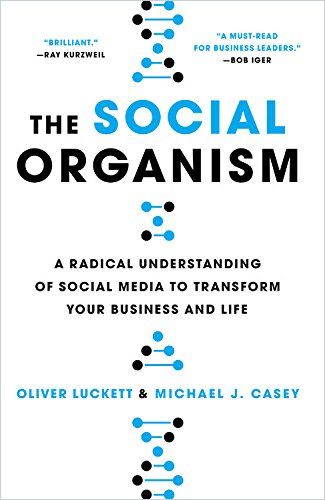
According to Oliver Luckett and Michael J. Casey, holons attach to each other to make bigger and bigger holons, each with no center, no authority and no governor. Each holon builds on others, so highly complex ideas result – just as cells form into organs, then a whole person, a family, a community, a nation, the entire world and the universe.
In organizations, this decentralized structure translates into rapid, wide knowledge sharing, inside and outside a company.
It enables better, faster decision-making, ultimately resulting in firms like Zappos. Such firms strive toward a structure with no boss – just people forming and reforming into groups, collaborating and accepting responsibility for the whole.
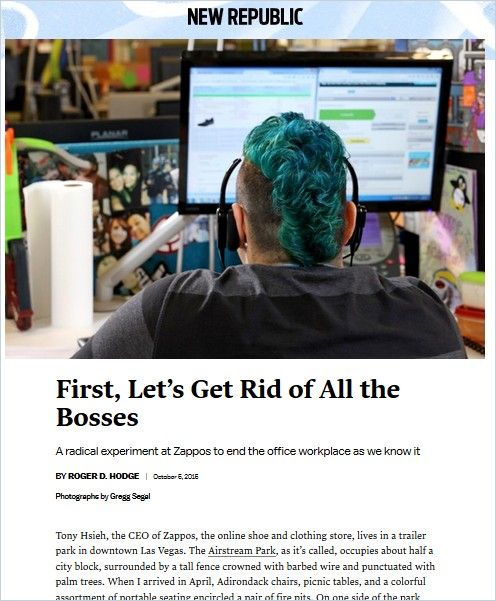
The idea sounds nice, and the fact that it will find many imitators is only to be advocated in the sense of healthy system competition. However, this “revolution” also has its critics. For example, organizational theorist Nicolai Foss and entrepreneurship expert Peter Klein question the empirical basis for – and the logic of – the bossless company.
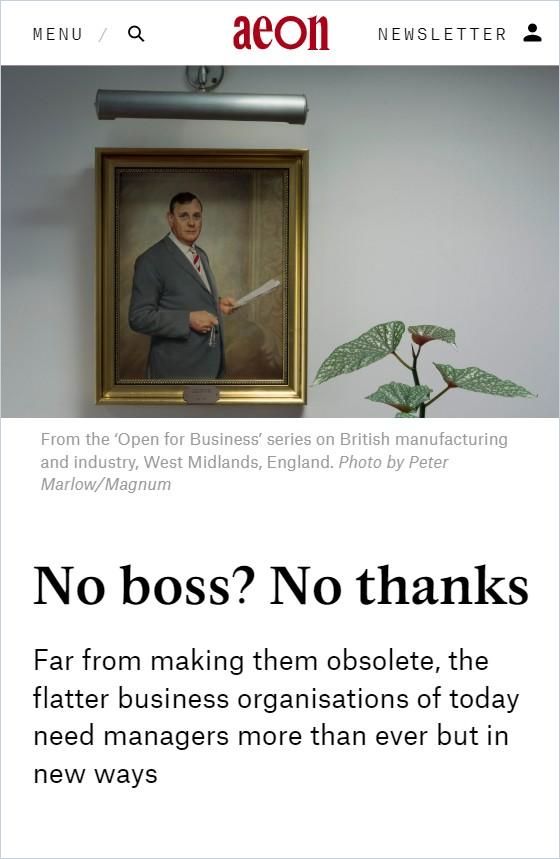
In an interesting and convincing article for Aeon, Foss and Klein make the case that management has never mattered more amid the technological and demographic dynamics of today’s business world.
Take-Aways:
- Companies are getting flatter, but often they’re simultaneously giving greater authority to senior managers.
- The nature of the firm and hence the crucial role of managers haven’t changed.
- Management is changing from a directive role to focusing on goal setting and coordination.
So the bottom line with “Bossless Company” is: Certain organizations can rely on a bossless structure, but by and large, traditional management still serves best. This is not to say that you should take “traditional” too literally – see above.








